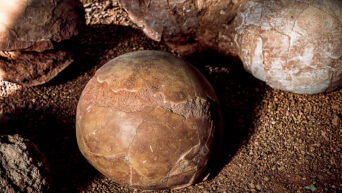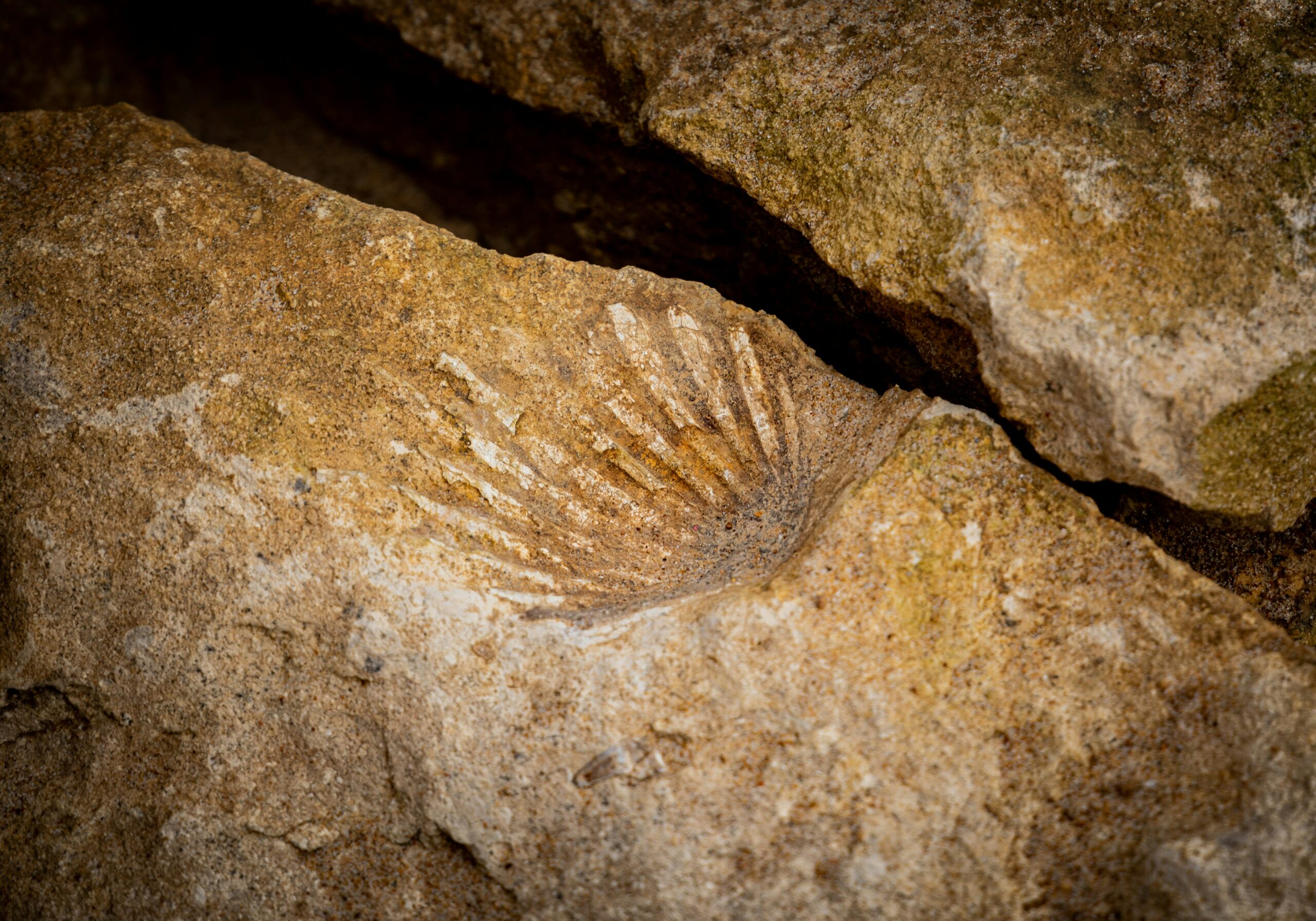A fascinating fossil has revealed that a prehistoric saber-toothed cat once lived along what is now the Gulf Coast of Texas. This discovery provides new insights into the ancient wildlife of the region.
The fossil, from the extinct genus Homotherium, was analyzed in a study published in The Anatomical Record. These large saber-toothed cats lived in the Americas, Europe, and Africa between about 4 million and 12,000 years ago. They were robust animals, similar in size to modern jaguars, with long faces, tall front legs, sloping backs, and bobtails. Their notable saber-like teeth were serrated and covered by large gum flaps.
While Homotherium remains have been found in other parts of Texas, this fossil is unique because it likely came from the continental shelf under the Gulf of Mexico, marking the first discovery of this kind from such a location.
Continental shelves are shallow seabed areas around large land masses. The Gulf of Mexico’s continental shelf was above sea level during the Late Pleistocene epoch (about 129,000 to 12,000 years ago) due to lower sea levels from large ice sheets.
The fossil, found over 60 years ago on McFaddin Beach near Beaumont, Texas, initially looked like an ordinary, worn rock with a few exposed teeth. However, X-ray scans revealed a hidden, unerupted canine tooth, which allowed researchers to identify the fossil as belonging to a Homotherium.
This juvenile cat’s unerupted tooth was protected from erosion, preserving key evidence for the researchers.
The discovery suggests that Homotherium cats roamed the now-submerged continental shelf, which once connected Texas and Florida. The study’s authors propose that this land served as a pathway for animal movement during the Pleistocene epoch.

































